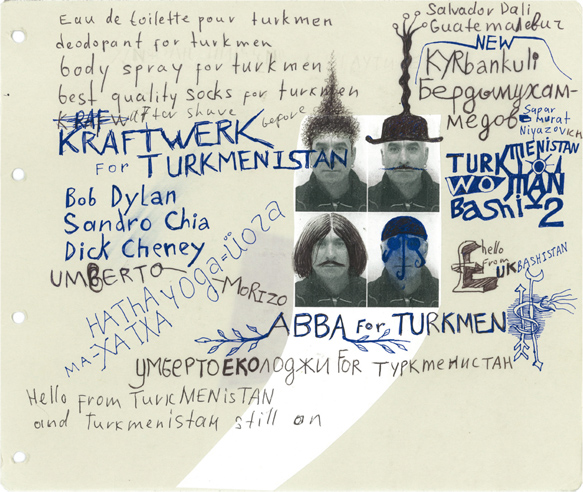Jorge Luiz Antonio presents a panorama of digital poetry in Brazil and in the world
There are many ways of making poetry nowadays, but the one that mostly engages the new technologies of language is digital poetry. In Digital Poetry: Theory, History, Anthologies, Jorge Luiz Antonio presents a panorama of digital poetry history, from its origins, in 1959, until our days with the most advanced and creative innovations. The author shows how the resources of computer science, apparently cool and exact, can give new life to the universe of poetry when taking their producers and appreciators to the other artistic directions inside digital culture.
For Jorge Luiz Antonio his Digital Poetry: Theory, History, Anthologies is a book that "studies a type of contemporary poetry in its relationship with the arts, design and computational technology, which is a continuation and an unfolding of avant-garde, concrete, visual, and experimental poetry". According to the Portuguese poet E.M. de Melo e Castro, the work has "clearly the intention and the author's accomplishment of a discussion about the reasons that can be invoked for the study of the transformations that the use of the technologies is already causing in the concept of poetry".
Digital poetry: theory, history, anthologies comes accompanied by a DVD that gathers a complete anthology of digital poems and their predecessors, introducing 501 poems of 226 poets and 110 theoretical texts of 73 authors, Brazilians and foreigners, with about 1500 printed and electronic pages, giving a rare panorama of what has already been done in the area of poetic experimentation, in Brazil and in other countries. The DVD shows that "poetry, art, design, science and digital technology form the transdisciplinary quintet that a portion of the contemporary poets chose to accomplish their poetic communication", as Jorge Luiz Antonio says.
(Franklin Valverde, Onda Latina, Brazil)
Digital poetry: Theory, History, Anthologies is a co-edition of Navegar Press (São Paulo, Brazil), Luna Bisonte Prods (Columbus, Ohio, USA), FAPESP (The State of Sao Paulo Research Foundation (São Paulo, Brazil) and the Author.
On the author: Jorge Luiz Antonio, university teacher, researcher, FAPESP scholarship, post-doctor in IEL-UNICAMP, is also the author of studies on Cesario Verde and Augusto dos Anjos.
